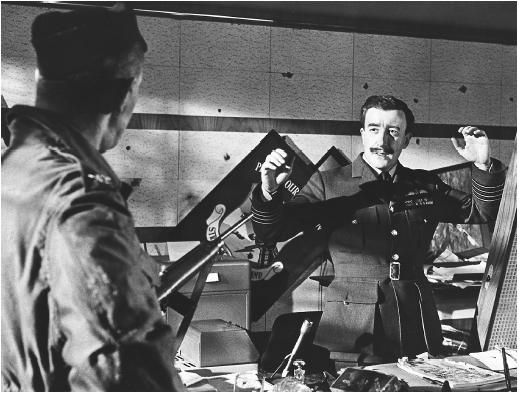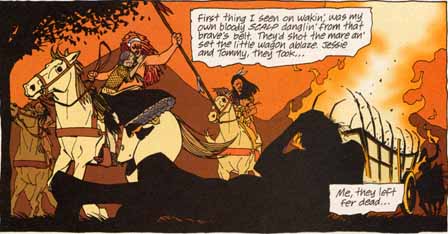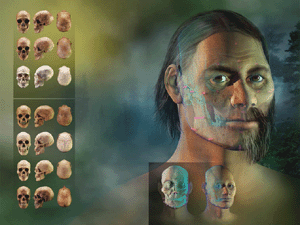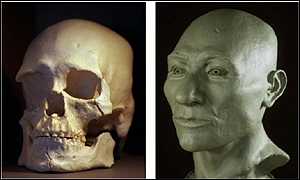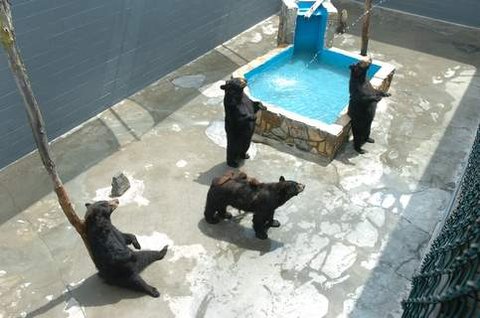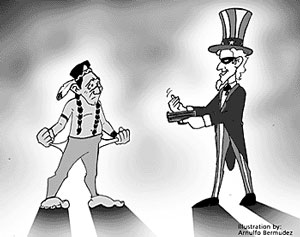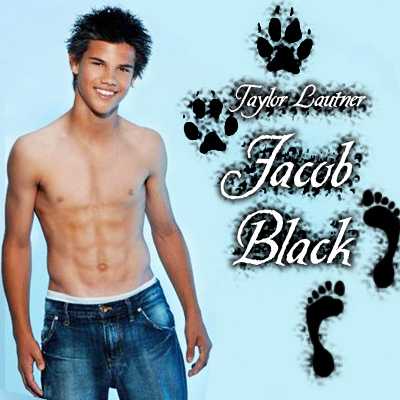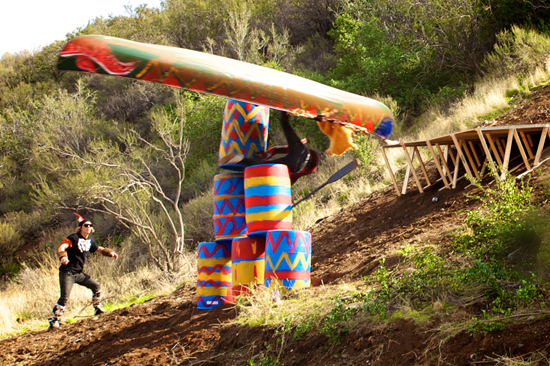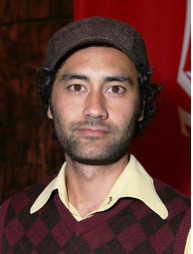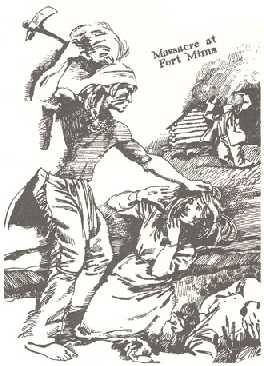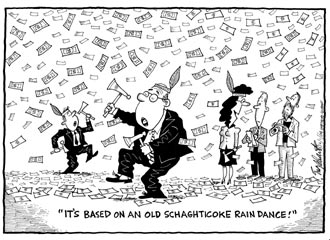But I would suggest minting medals comparable to medals of honor--to give to war protesters jailed for civil disobedience!
The comparison between the two is apt, which is why I made it. Maybe you'll catch on now......but I doubt it.
If I dress up in a military costume with fake medals, it's no insult to anyone. Only if I buy and sport authentic medals from a pawn shop and claim to have earned them in a lie will I earn the wrath of genuine veterans and their supporters.
Performers wearing headdresses are almost certainly wearing (obvious to anyone who KNOWS) fakes. That's comparable to a skit comedian wearing a uniform thickly layered with (realistic) fake plastic medals. The former is dubious for reasons of cultural insensitivity, but the claim of offending by wearing an AUTHENTIC sign of cultural honour without having earned it is really stretching.
For example, the suggestion I made for minting American medal of honour medals exclusively for and distributed to people jailed for anti-war civil disobedience, if the medal isn't a duplicate but has a distinct design (and what anti-war protester would want any medal that could be confused for a war medal?), it can't offend veterans.
So Rob, what you're arguing is that any headdress, if inauthentic enough, should be blameless? And this is not the case, not if you mean to argue that every fake plastic headdress in every costume store should be gathered and burned for cultural racism!
People had no clue whether Kesha was wearing a genuine or fake headdress, to cite one obvious example. I, for one, couldn't tell whether it was real from looking at it. So if the obvious falseness of a headdress is your latest line of defense, you need a new excuse for Kesha's minstrel show.
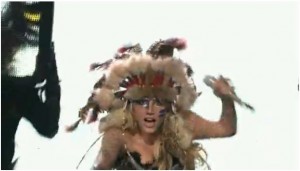
I don't care whether my hypothetical person wears a real or phony uniform and medals. What matters is the person pretends to be a soldier in public...proclaims he's honoring soldiers...and mocks soldiers by doing things real soldiers would find offensive. It's enough that he be recognizable as a US solider--not that he look strictly authentic.
To make this phony "soldier" similar to a phony "chief," he could rip off his clothes and strut like a half-naked Rambo. He could wave his weapons and pretend to shoot or stab people. He could smear himself in blood-red paint and do a victory dance over the bodies of his foes. "Look at the medals/headdress I'm wearing!" our wannabe might shout. "I've earned the right because I'm the world's greatest warrior!"
You think a military veteran seeing this would stop to parse whether the medals were authentic or not? How...by going home and Googling any medal he didn't recognize before returning to the scene and punching the imitator's lights out? Wow...you've convinced me you're totally ignorant about human behavior. You're an idiot if you think this is how the typical vet would react.
What to do about fake headdresses
No, I'm not arguing that any headdress, if inauthentic enough, should be blameless. I'm arguing that any time you mock a soldier's honor, with real or fake medals, you should expect to be vilified. Because we treat military service as a secular priesthood with soldiers as secular saints.
Indians think something similar about chiefs who earn the right to wear headdresses. These chiefs are very much like soldiers who have earned the right to wear distinguished medals. But you don't recognize the similarity because you're ignorant about Indians. You think headdresses are like fedoras or other apparel, even though I've explained why you're wrong.
Your argument about using real medals also fails the "cultural commons" test you made up. People have worn real-looking medals in countless movies, TV shows, and cartoons. According to you, military vets can no longer claim the exclusive right to wear medals they've earned. We can all wear them now because they're part of our "cultural commons." Anyone can pretend to be a real military vet just like anyone can pretend to be a real Indian chief.
Moreover, you've contradicted yourself. "Only Native Americans ... know for a fact the headdresses worn by entertainment performers are poor fakes" and "Performers wearing headdresses are almost certainly wearing (obvious to anyone who KNOWS) fakes." Well, which is it? Did non-Native audiences know Kesha was wearing a fake headdress or didn't they?
If they thought she was wearing a genuine headdress, doesn't that validate the Natives' position? Yes. She was abusing a genuine headdress as far as viewers were concerned. They didn't know enough to think otherwise.
I'd never arguing for burning plastic headdresses in costume stores. I would argue for educating people to realize such headdresses are morally wrong. In my ideal world, people would stop buying them because they realized they were parodying and mocking Native culture. And stores would stop carrying them for that reason.
For more on the subject, see The "Honor" of a Plains Chief and Why Hipster Headdresses Aren't Okay.
Below: Most movies that don't portray the US military in a flattering light don't get the military's approval. For instance, Dr. Strangelove.
Why are soldiers so thin-skinned? Why don't they just lighten up and get over it like people expect Indians to do?
Take something like Dr. Strangelove and multiply it by a million or so to see what Indians have to deal with every day.
